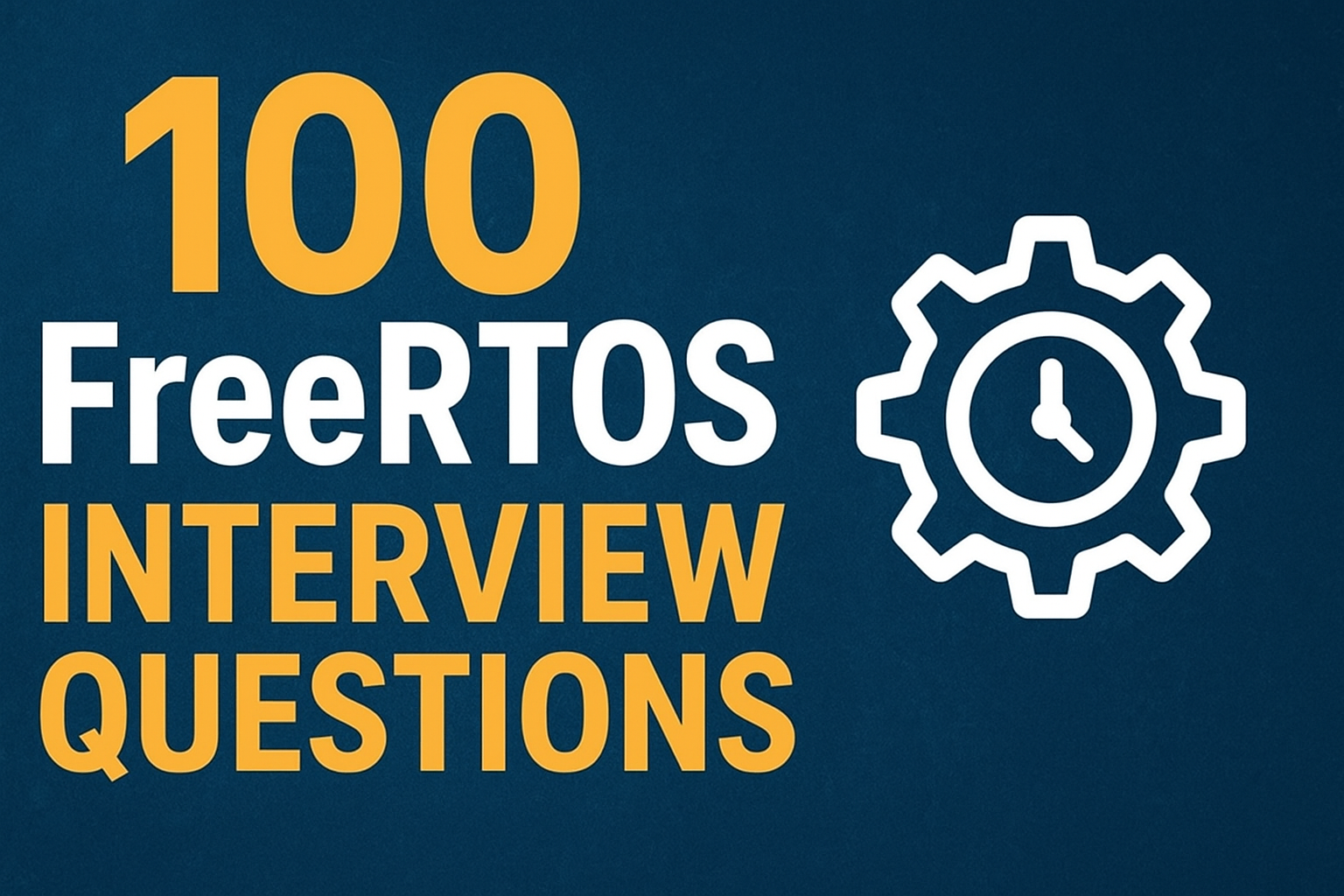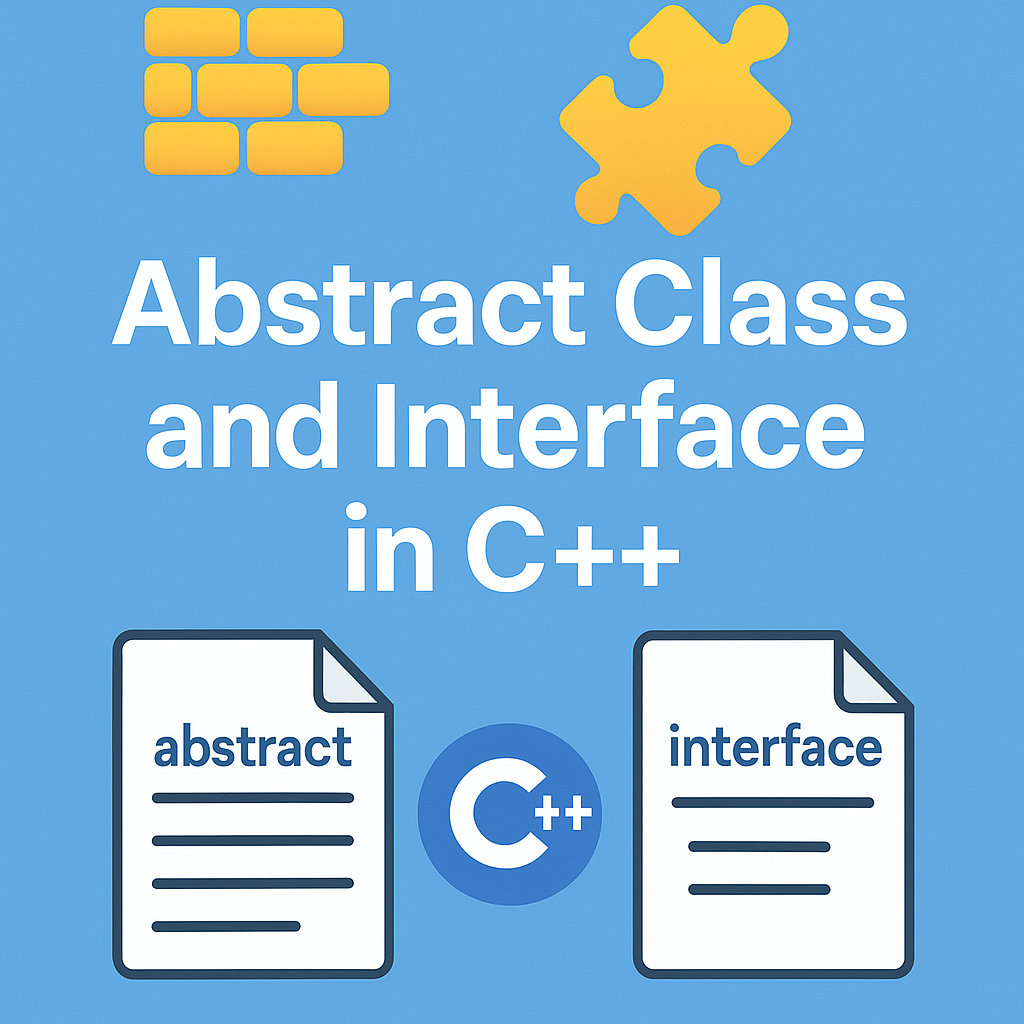The Applications of Multithreading span nearly every area of modern software development, transforming how programs perform and respond to user interactions. Multithreading allows applications to run multiple tasks simultaneously, dramatically improving speed and efficiency. Web browsers use it to load multiple tabs and process complex scripts without freezing. Gaming and graphics software rely on multithreading to handle rendering, physics, and sound effects in real time, ensuring smooth and immersive experiences. Servers and network applications leverage multithreading to manage thousands of client connections at once, providing fast and reliable services. Multimedia applications depend on multithreading to play videos, edit media, and process large files without delays. Even operating systems themselves are multithreaded, enabling users to run many programs at the same time without slowing down the system. In mobile apps, multithreading keeps interfaces responsive by performing background tasks like data loading or GPS tracking seamlessly. Across industries like data analytics, artificial intelligence, and financial systems, the Applications of Multithreading are crucial for handling large datasets, performing parallel computations, and delivering high-performance results. By understanding and using multithreading, developers can build software that is faster, smarter, and ready for the demands of today’s multitasking world.
Introduction
Ever wondered how your smartphone can play music, download updates, and let you scroll social media — all at the same time? The answer lies in multithreading.
Multithreading is a programming technique that lets software run multiple tasks simultaneously. It makes applications faster, more responsive, and better at handling complex operations.
Let’s explore the applications of multithreading and see how it powers the technology we use every day.
What Is Multithreading?
Before diving into where multithreading is used, let’s quickly recap what it means.
- A thread is the smallest unit of execution in a program.
- Multithreading means a program creates and runs multiple threads side by side.
Instead of waiting for one task to finish before starting the next, multithreaded programs handle multiple tasks at once. This saves time and improves performance.
Real-World Applications of Multithreading
Let’s look at how multithreading is used in real applications:
1. Web Browsers
Modern web browsers like Chrome, Firefox, and Edge use multithreading to:
✅ Load multiple web pages in different tabs.
✅ Download files while you keep browsing.
✅ Run animations, videos, and scripts smoothly.
Without multithreading, a heavy website could freeze your entire browser!
2. Games and Graphics Applications
Video games and graphic tools depend on multithreading for:
🎮 Handling game logic and physics.
🎮 Managing graphics rendering.
🎮 Playing background music and sound effects.
Multithreading ensures smooth gameplay even during complex scenes.
3. Servers and Networking
Servers handle thousands of requests every second. Multithreading helps servers:
🌐 Process multiple client connections at once.
🌐 Respond quickly without delays.
🌐 Handle tasks like file uploads, database queries, and more.
For example, a web server can serve different users simultaneously without making them wait.
4. Multimedia Applications
Applications like video editors, music players, and streaming apps use multithreading for:
🎵 Playing audio and video smoothly.
🎵 Editing videos in real time.
🎵 Converting media formats faster.
This allows users to preview, edit, and export files efficiently.
5. Operating Systems
Operating systems (Windows, Linux, macOS) are multithreaded systems. They:
🖥️ Run multiple apps at the same time.
🖥️ Handle hardware events like keyboard, mouse, or network inputs.
🖥️ Keep the system responsive and fast.
Without multithreading, your PC would freeze every time a heavy task runs.
6. Data Processing and Analytics
Big Data and Machine Learning applications use multithreading to:
📊 Process large datasets in parallel.
📊 Train machine learning models faster.
📊 Analyze data while updating dashboards.
Multithreading reduces processing times and improves productivity for data scientists.
7. Mobile Applications
Smartphone apps use multithreading to:
📱 Load images and content in the background.
📱 Stay responsive even during updates.
📱 Run background services like notifications and GPS.
This makes mobile apps smoother and user-friendly.
Benefits of Multithreading
The applications of multithreading exist because of its amazing benefits:
✅ Faster execution of tasks.
✅ Better responsiveness in user interfaces.
✅ Efficient use of multi-core CPUs.
✅ Ability to perform background work without freezing the app.
Conclusion
From web browsers to powerful servers and games, the applications of multithreading are everywhere. It helps software become faster, smarter, and more responsive.
Learning multithreading is a great step for any programmer who wants to build high-performance applications. Start exploring it — and you’ll see just how much it powers the technology we rely on every day!
Mr. Raj Kumar is a highly experienced Technical Content Engineer with 7 years of dedicated expertise in the intricate field of embedded systems. At Embedded Prep, Raj is at the forefront of creating and curating high-quality technical content designed to educate and empower aspiring and seasoned professionals in the embedded domain.
Throughout his career, Raj has honed a unique skill set that bridges the gap between deep technical understanding and effective communication. His work encompasses a wide range of educational materials, including in-depth tutorials, practical guides, course modules, and insightful articles focused on embedded hardware and software solutions. He possesses a strong grasp of embedded architectures, microcontrollers, real-time operating systems (RTOS), firmware development, and various communication protocols relevant to the embedded industry.
Raj is adept at collaborating closely with subject matter experts, engineers, and instructional designers to ensure the accuracy, completeness, and pedagogical effectiveness of the content. His meticulous attention to detail and commitment to clarity are instrumental in transforming complex embedded concepts into easily digestible and engaging learning experiences. At Embedded Prep, he plays a crucial role in building a robust knowledge base that helps learners master the complexities of embedded technologies.



Leave a Reply